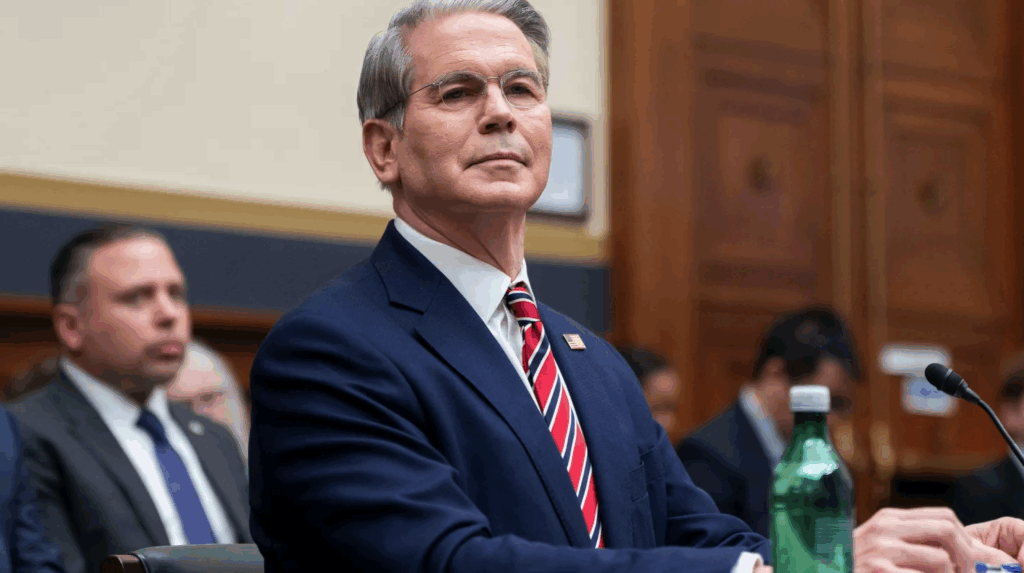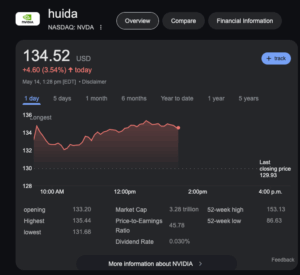The U.S. and China reached a significant trade agreement in May 2025 to ease bilateral trade tensions and lay the groundwork for future cooperation. Announced in Geneva on May 12, the agreement includes immediate tariff adjustments, partial elimination of non-tariff measures, and the establishment of a long-term consultation mechanism. Below is a detailed analysis covering the context, specific measures, key representatives, and potential impacts.

Background and Context
By May 2025, U.S.-China trade relations had deteriorated due to the Trump administration’s aggressive tariff policies. On April 2, 2025, President Trump signed Executive Order 14257, imposing a 145% tariff on Chinese goods, which prompted China to retaliate with a 125% tariff on U.S. imports on April 4. This escalation triggered global market volatility, with businesses warning of rising consumer prices and disrupted supply chains.
To address the crisis, high-level negotiations were held in Geneva from May 10–11, 2025. The U.S. delegation was led by Treasury Secretary Scott Bessent and Trade Representative Jamison Greer, while China’s team was headed by Vice Premier He Lifeng. Both sides described the talks as “constructive,” culminating in the May 12 joint declaration.
Key Measures of the Agreement
The agreement outlines the following actions to be implemented by May 14, 2025:
U.S. Commitments
- Tariff Adjustments:
- Suspend 24% of the 34% total tariffs (imposed under Executive Order 14257) on Chinese goods for 90 days, retaining the remaining 10%.
- Permanently eliminate additional tariffs imposed via Executive Orders 14259 (18% on semiconductors) and 14266 (22% on electric vehicles), reverting these sectors to baseline rates of 10–15%.
- Non-Tariff Measures:
- No explicit non-tariff adjustments were announced, but prior investment freezes and port delays were indirectly addressed.
China’s Commitments
- Tariff Adjustments:
- Suspend 24% of retaliatory tariffs on U.S. goods (e.g., soybeans, medical devices, Boeing aircraft parts) for 90 days, retaining 10%.
- Cancel retaliatory tariffs under Announcements No. 5 (20% on U.S. agricultural products) and No. 6 (15% on chemical raw materials).
- Non-Tariff Measures:
- Suspend or revoke non-tariff countermeasures enacted since April 2, 2025, including investment reviews and customs delays
Summary Table of Measures
| Category | U.S. Actions | China’s Actions |
|---|---|---|
| Tariff Suspension | 24% suspended for 90 days (retain 10%) | 24% suspended for 90 days (retain 10%) |
| Tariff Elimination | Cancel 18% (semiconductors) and 22% (EVs) | Cancel 20% (agriculture) and 15% (chemicals) |
| Non-Tariff Adjustments | — | Revoke investment freezes, customs delays |
Negotiation Mechanism and Representatives
A bilateral consultation framework was established to address ongoing issues. Key representatives include:
- China: Vice Premier He Lifeng.
- U.S.: Treasury Secretary Scott Bessent and Trade Representative Jamison Greer.
Meetings will rotate between China, the U.S., and third-party locations like Geneva, with working-level discussions as needed.
Economic and Market Impact
- Immediate Market Response:
- Global equities rose on May 12, reflecting investor optimism about reduced trade tensions.
- Sector-Specific Effects:
- U.S. Importers: Costs for goods previously subject to 34% tariffs (machinery) dropped by ~70%, with a 100millionimportsaving100millionimportsaving240,000 in tariffs.
- Chinese Exporters: Semiconductor and electric vehicle exporters regained 5–8% profit margins due to tariff eliminations.
- Consumer Prices: U.S. prices for EVs and electronics may fall by 10–15%, though retained 10% tariffs will keep some prices above 2024 levels.
- Supply Chain Adjustments:
- Reduced reliance on third-country transshipment hubs (Mexico, Vietnam) as direct trade resumes.
- U.S. manufacturers (steel, aluminum) face intensified competition from Chinese imports.
Long-Term Outlook and Risks
- Progress and Remaining Challenges:
- The agreement is a tactical compromise, temporarily easing inflation and restoring business confidence.
- Unresolved Issues:
- Technology restrictions (AI chips, quantum computing) and U.S. “de minimis” e-commerce exemptions were excluded.
- Retained 10% tariffs serve as leverage for future negotiations.
- Global Implications:
- Reduced tariffs align with WTO principles, potentially stabilizing global trade.
- If trade fragmentation persists, long-term risks include lower productivity and higher inflationary pressures.
- Future Scenarios:
- A failure to address structural disputes (e.g., technology transfer, market access) could reignite tensions.
The May 2025 agreement marks a critical step toward de-escalating U.S.-China trade frictions. By lowering tariffs and establishing dialogue mechanisms, it provides a framework for cooperation. However, its long-term success hinges on addressing unresolved strategic issues and maintaining mutual compliance. Businesses are advised to diversify supply chains during the 90-day grace period to mitigate future risks.
Translation Note:
This analysis synthesizes details from the Geneva joint statement and related economic assessments. For further specifics on tariff exemptions or sectoral impacts, refer to the official announcements



+ There are no comments
Add yours